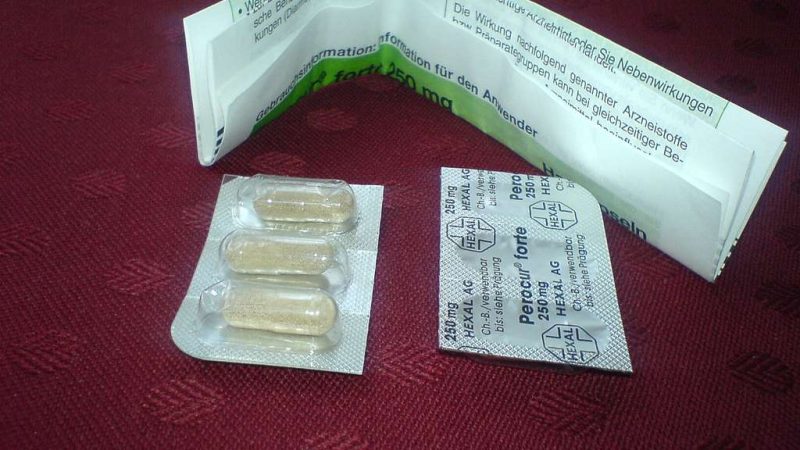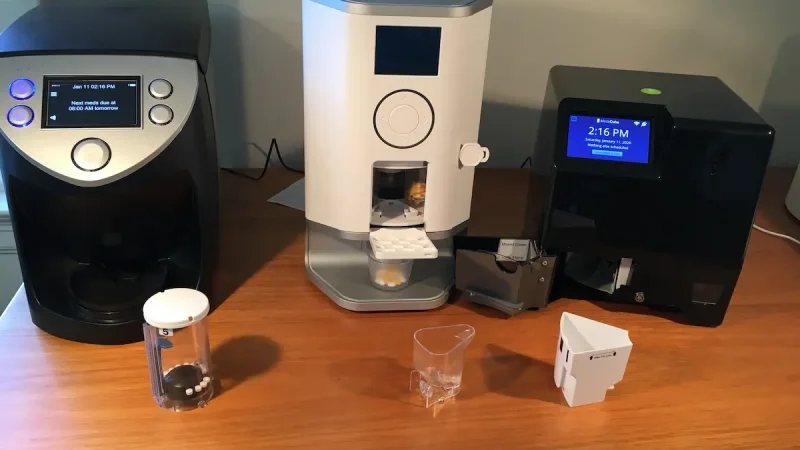RedBook Medication Pricing: A Comprehensive Guide

Table of Contents
Toggle1. What is RedBook?
RedBook is a comprehensive source of drug pricing and product information, including details on medications, their dosages, forms, and pricing. Published by Truven Health Analytics, a subsidiary of IBM Watson Health, RedBook is a trusted source in healthcare for accurate and current pricing information. It is widely used by pharmacists, healthcare professionals, researchers, pharmaceutical companies, and insurers to access the most up-to-date data about prescription medications.
The publication and its online database aim to simplify medication cost management by providing standardized information. RedBook is available in multiple formats, including a printed book, online database, and through various software applications integrated into healthcare systems. The RedBook database is updated regularly to ensure the accuracy of its pricing information and product details.
2. Types of Drug Pricing in RedBook
RedBook contains several different types of drug pricing information, each catering to specific aspects of the pharmaceutical industry. The most prominent pricing categories featured in RedBook include:
A. Average Wholesale Price (AWP)
The Average Wholesale Price (AWP) is one of the most well-known pricing indicators and serves as a benchmark for many healthcare providers and insurance companies when determining reimbursement rates. It represents the average price that wholesalers charge for a drug before discounts or rebates are applied. While it is a widely used pricing metric, it is important to note that the AWP often does not reflect the true cost of the medication, especially for patients who may receive discounted pricing through insurance or bulk purchasing agreements.
AWP has been criticized for being inflated in some instances, leading to disparities between the AWP and the actual cost a patient or healthcare provider might pay. Despite these criticisms, it remains a critical piece of the RedBook pricing structure.
B. Estimated Acquisition Cost (EAC)
The Estimated Acquisition Cost (EAC) provides an estimate of what a pharmacy or healthcare provider might pay for a drug based on real-world pricing negotiations and acquisitions. This pricing takes into account manufacturer rebates, discounts, and wholesale purchasing arrangements that can lower the cost of a medication. It is a more accurate representation of what healthcare providers pay compared to the AWP, but still does not reflect the exact price an individual patient might pay without insurance.
C. Wholesale Acquisition Cost (WAC)
The Wholesale Acquisition Cost (WAC) is another important pricing figure found in RedBook. It refers to the list price that a manufacturer charges wholesalers for a medication. Unlike AWP, the WAC excludes discounts, rebates, or markups that wholesalers might apply. Although WAC is helpful for understanding the manufacturer’s price, it is rarely the actual price that healthcare providers or patients pay for drugs.
D. Reimbursement Rates
In addition to wholesale pricing, RedBook also contains data on reimbursement rates set by various government and private insurance programs. These rates help insurance companies, government programs (like Medicaid and Medicare), and healthcare providers determine the amount they will reimburse patients or pharmacies for the medications they supply. Reimbursement rates are crucial for determining the affordability of medication and ensuring that patients have access to necessary treatments without excessive financial burden.
3. The Role of RedBook in the Pharmaceutical Industry
RedBook plays a pivotal role in the pharmaceutical industry, ensuring transparency and facilitating informed decision-making across various sectors, including pharmacies, hospitals, insurers, and regulatory bodies. Here are some ways RedBook impacts the industry:
A. Medication Cost Management
For healthcare professionals and pharmacies, managing the cost of medications is a critical task, particularly when patients are paying out-of-pocket for their prescriptions. By offering accurate, up-to-date drug pricing information, RedBook helps pharmacies identify the best pricing options for their customers and negotiate better deals with drug wholesalers.
B. Insurance and Healthcare Providers
Health insurers rely on RedBook pricing to set reimbursement schedules, ensuring that they pay appropriate amounts for prescription medications. The pricing benchmarks provided by RedBook also help insurance companies and healthcare providers evaluate and compare the costs of different treatments to ensure that they remain within budget.
C. Research and Development
For researchers and pharmaceutical companies, RedBook provides essential market insights into drug pricing trends, helping them understand how medication costs vary across different regions and healthcare settings. This data aids in forecasting, planning for drug launches, and assessing the impact of new medications on the market.
D. Patient Advocacy and Education
RedBook is also important for patient advocacy groups and individuals looking for information on medication costs. By using the database, patients can compare prices for various treatments and make informed choices about their healthcare options. This transparency can help patients navigate the complex world of healthcare pricing, find cheaper alternatives, and better understand the cost of their prescriptions.
4. Factors Influencing Medication Pricing
Medication pricing is a complex process influenced by various factors within the pharmaceutical ecosystem. These factors affect the prices seen in RedBook and ultimately determine what patients pay for their medications. Below are some of the most significant factors:
A. Manufacturing Costs
The cost to manufacture a drug is one of the primary factors that influences its price. This includes the expenses related to research and development (R&D), clinical trials, regulatory approval processes, and the actual production of the drug. For brand-name drugs, these costs can be significant, as the development process can span years or even decades.
B. Market Competition
The level of market competition plays a crucial role in determining drug prices. When multiple manufacturers produce generic versions of a medication, the price tends to drop due to competition. On the other hand, if a drug is unique or has limited competition, its price may remain high, especially if it is under patent protection.
C. Reimbursement and Insurance
Insurance providers, including government programs like Medicare and Medicaid, negotiate reimbursement rates with drug manufacturers and pharmacies. These rates can significantly impact the final price that patients pay for medications. Sometimes, insurance companies may use formularies to place certain drugs on higher tiers, which results in higher out-of-pocket costs for patients.
D. Supply Chain and Distribution
The costs associated with the distribution of medications, including wholesaling, distribution, and pharmacy markup, can also affect drug pricing. These additional costs are often passed on to the consumer, contributing to the overall price of medications.
E. Regulatory and Legal Factors
The regulatory environment and legal landscape can also influence medication pricing. For instance, new regulations may limit how much pharmaceutical companies can charge for drugs or enforce stricter price controls. Additionally, the costs associated with defending patent rights or lawsuits can drive up the price of certain medications.
5. The Future of RedBook and Medication Pricing
As the healthcare landscape evolves, so does the need for transparent and accessible pricing information. RedBook has remained a valuable resource, but several changes may shape the future of medication pricing, including:
A. Price Transparency Initiatives
With growing calls for price transparency in the pharmaceutical industry, RedBook may play a larger role in ensuring that accurate pricing information is readily available to consumers. As patients and policymakers demand greater visibility into the cost of healthcare, RedBook can serve as an essential tool for fostering transparency.
B. Integration with Digital Health Tools
As digital health tools and electronic health records (EHR) continue to expand, RedBook’s integration with these systems could streamline the medication pricing process even further. By allowing healthcare professionals to access pricing information directly from their EHRs or pharmacy systems, RedBook could help optimize cost-effective treatment decisions.
C. Changes in Drug Pricing Policies
Ongoing efforts to reform the pharmaceutical industry and regulate drug prices may lead to changes in how RedBook compiles and presents pricing information. Government policies that impose price caps or negotiating power for public programs like Medicare could reshape the landscape of medication pricing.
6. Conclusion
RedBook is an indispensable resource for healthcare professionals, patients, and organizations within the pharmaceutical industry. It offers detailed and reliable pricing information, enabling stakeholders to make informed decisions about drug costs and ensure that medications remain accessible to those who need them most.
While pricing within the pharmaceutical industry is influenced by various factors, the transparency and accuracy provided by RedBook help to demystify drug costs. As the healthcare system continues to evolve, RedBook’s role in medication pricing will likely expand, helping to meet the increasing demand for affordable healthcare and greater price transparency





